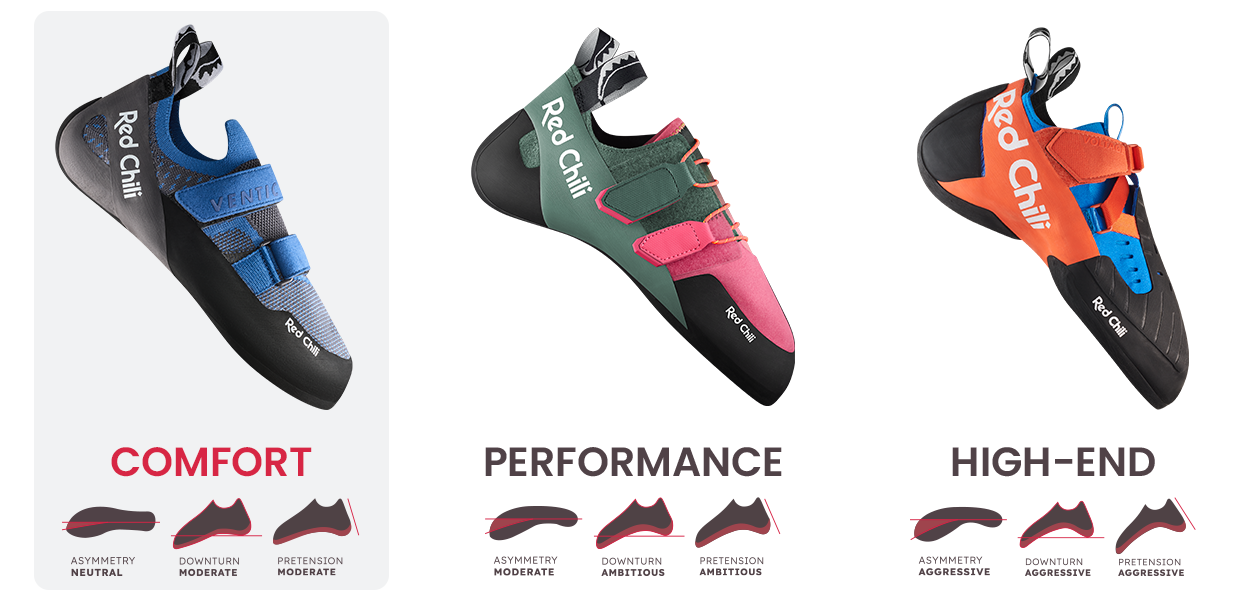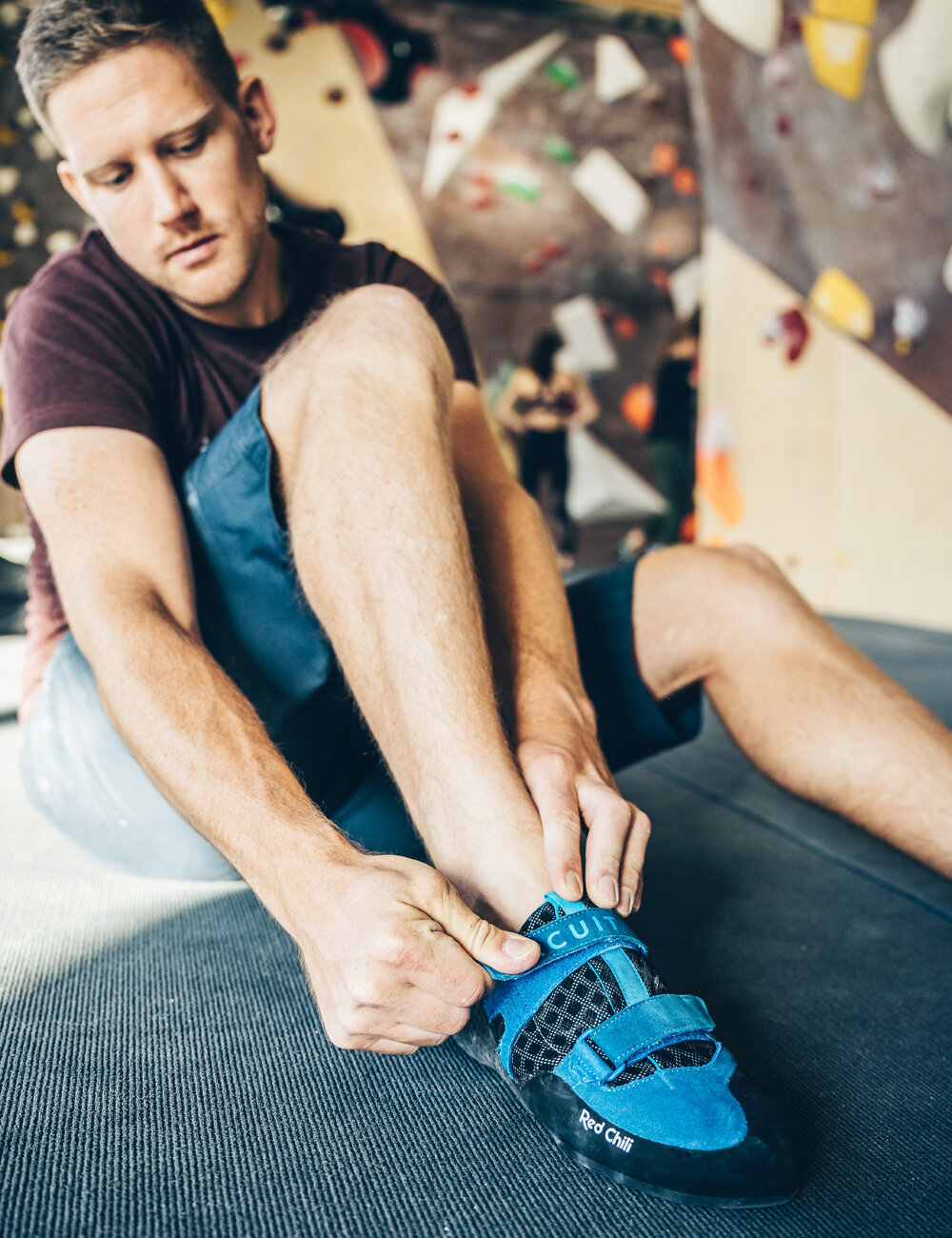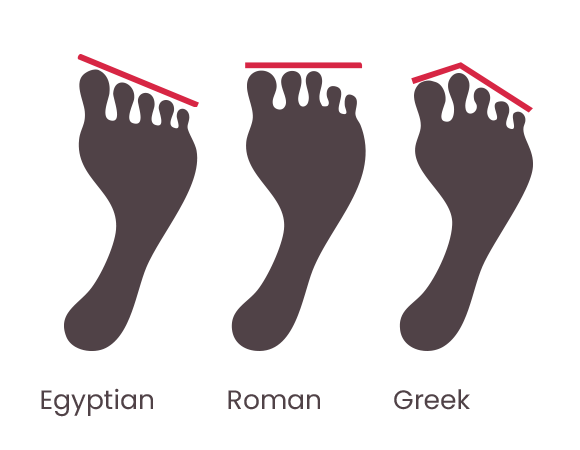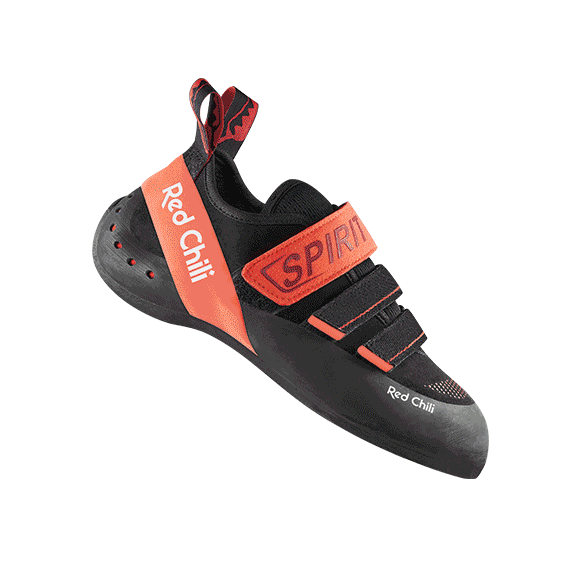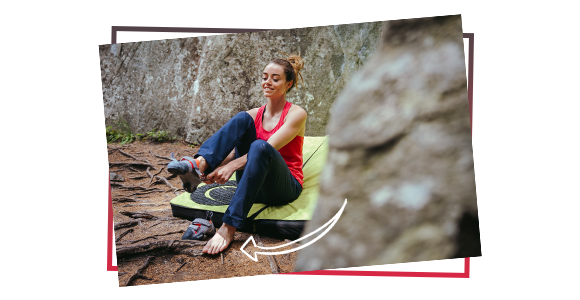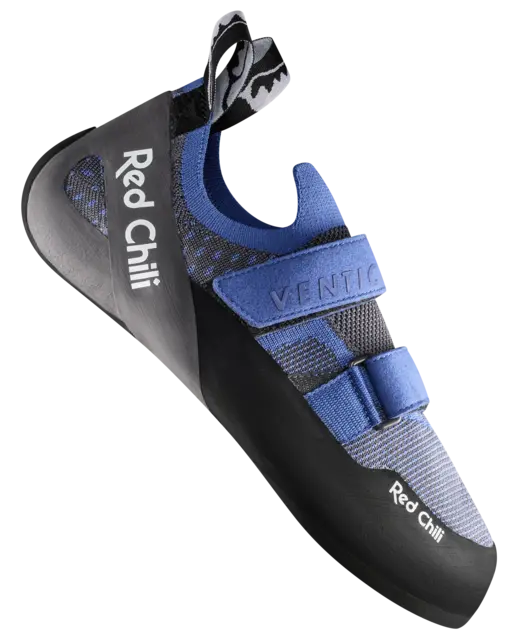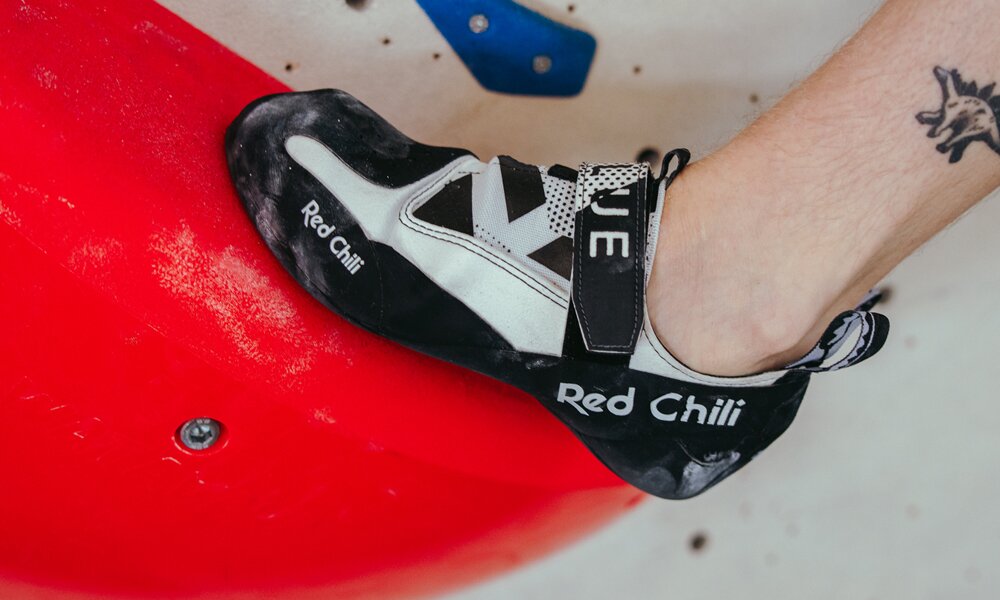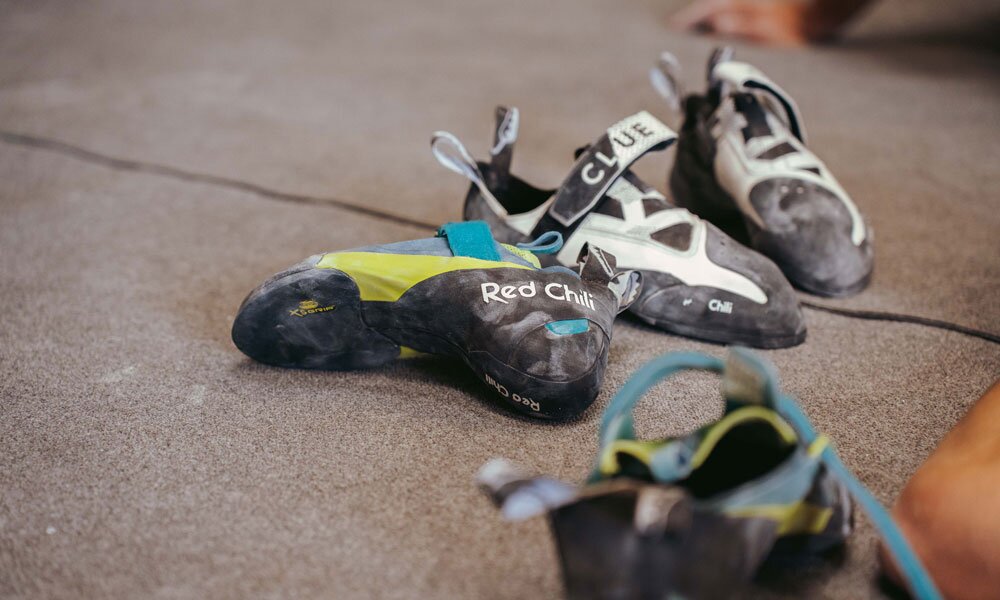Have you just discovered your passion for climbing or bouldering and don't fancy the sweaty rental shoes at the climbing gym anymore? Then it's time to get your first pair of climbing or bouldering shoes!
But that's easier said than done! Countless different shoe models await you in the jungle of brands. Brightly colored, with laces or velcro, downturn, asymmetry, rubber compound, pretension... Your head will quickly spin with so much choice and technical terms!
But that doesn't have to be the case! With our 5 tips, you're sure to find the right climbing shoes for beginners. Perfectly tailored to your needs, you're sure to enjoy your new favorite sport even more often from now on.

